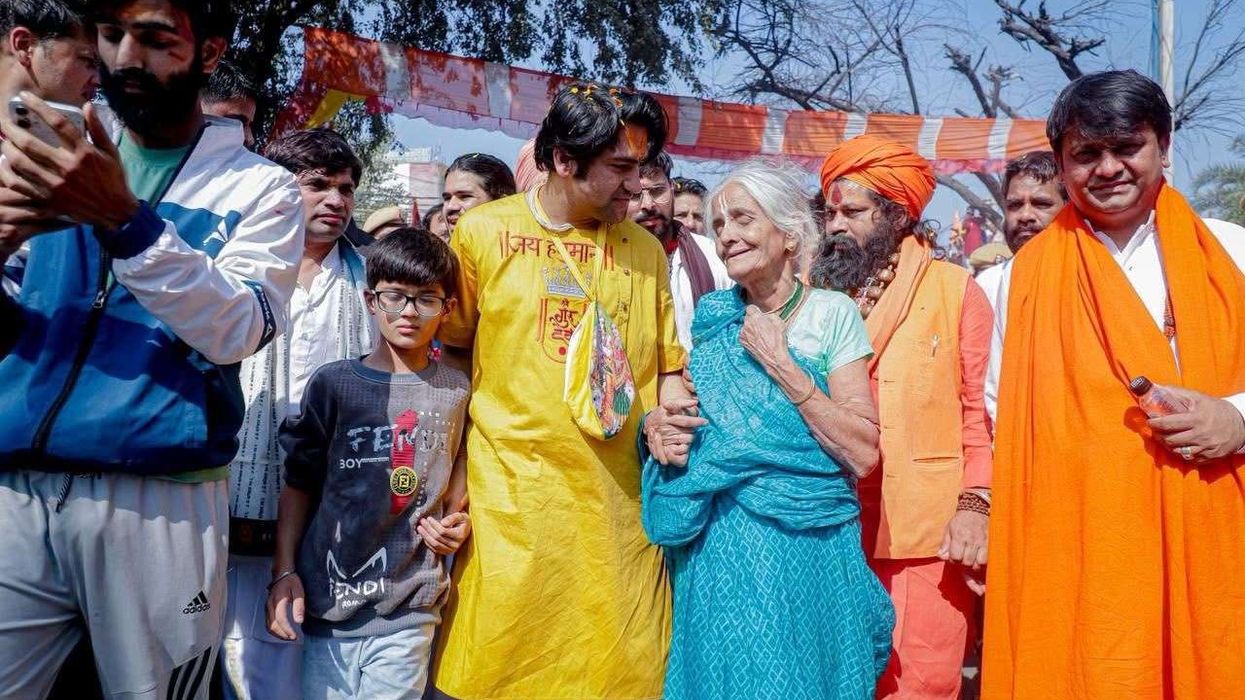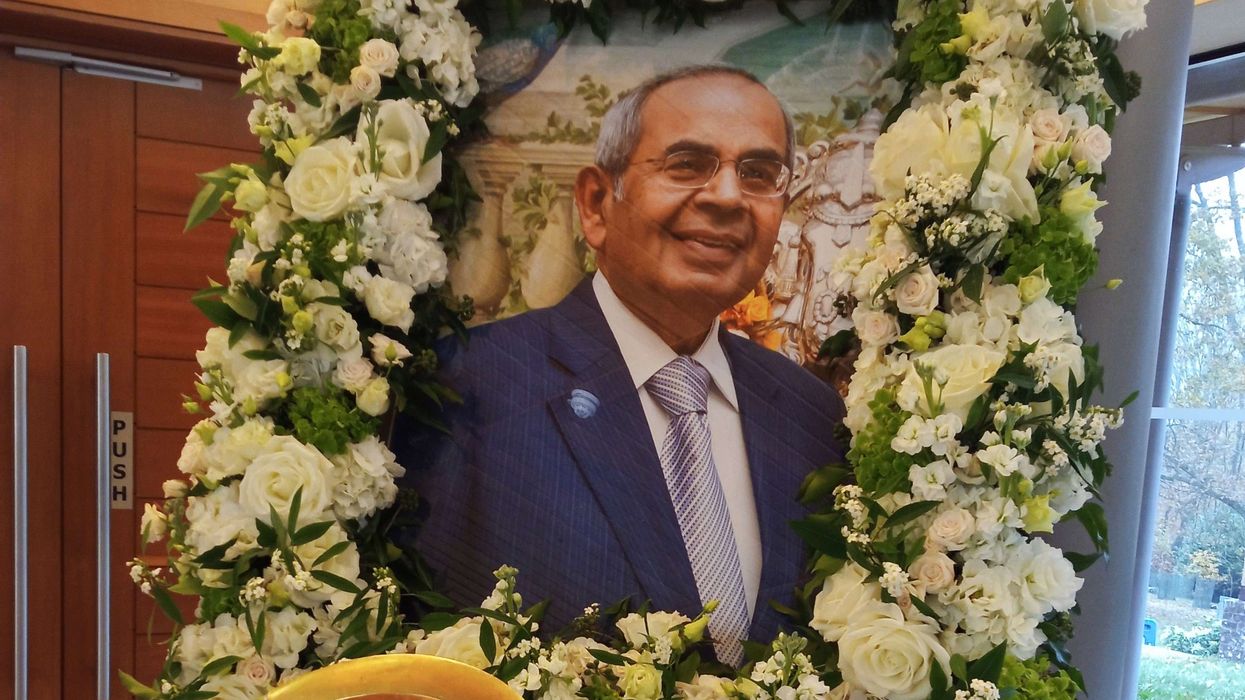Umesh Yadav had no clue what to do with a red SG Test ball when he made his first-class debut at 20 but India's premier fast bowler said on Thursday (10) he always knew that his ability to generate pace would help him measure up at the highest level.
Seven years since his international debut, India's premier fast bowler, who has played 33 Tests and 70 ODIs, feels he is finally bowling to his potential.
"You tend to know a lot about the game you have playing since childhood. But you can be at sea if you are suddenly told do something different," Yadav told bcci.tv ahead of the third Test against Sri Lanka beginning here on Saturday (12).
"I started playing with tennis and rubber ball and didn't hold the seasoned ball until I was 20. It was pretty late for a fast bowler. So when that happened, I did not know what to do with the ball," said the bowler with 92 Test and 98 ODI wickets to his credit.
And it took nearly two years for him to work it out.
"I did not know where to pitch the ball, the first two years I could not understand when the ball would go out and when it would come in or go straight.
"Then my coaches stepped in to help me. They told me it was normal that I was finding it tough to control the ball.
Thereafter, I started working on my action especially the position of the left hand, and from there on Umesh Yadav changed forever.
"And all along I knew my pace would take me somewhere," the Nagpur-born player said, recalling his early days.
With his performance in the past 12 months, Yadav has silenced experts, who often criticised him for being wayward in his line and length.
Despite the brickbats, the 29-year-old remains determined to give his best without compromising on pace.
"I always wanted to bowl fast. As I grew up, I learnt a lot about fast bowling. The place where I come from is not known for producing fast bowlers.
"I knew there were a lot of bowlers who could bowl in the 130-135kmph bracket. I knew you would be called different if you could bowl every ball at 140kmph and you would eventually get a chance," he said.
Yadav then reflected on his India career which started in May 2010 when he played an ODI against Zimbabwe.
"It was easy to maintain pace when I came first on the international scene but as I kept playing, I learnt a lot about maintaining fitness and how to recover after the game.
If you don't do that, you cannot survive.
"The body is strong initially to a point but if you don't strengthen it, it would collapse. So now whenever I get the time, I work on my recovery. The way oil is important for the engine, fitness and recovery is important for me."
India currently possess a potent fast bowling unit including Yadav, Mohammad Shami, Ishant Sharma and Bhuvneshwar Kumar.
Yadav said he has benefited from his teammates as well.
"We all know that all of us can be be effective on any wicket. The bonding is so good among us that we are not nervous about our place in the side. We know that all four of us are good."
On bowling in the first two Tests against Sri Lanka, he added: "We (pace bowlers) have struggled a bit as we were not consistent with our lengths. We were bowling with SG Test ball at home and now we are using Kookaburra, it takes some time to adjust to it but now we have adjusted.

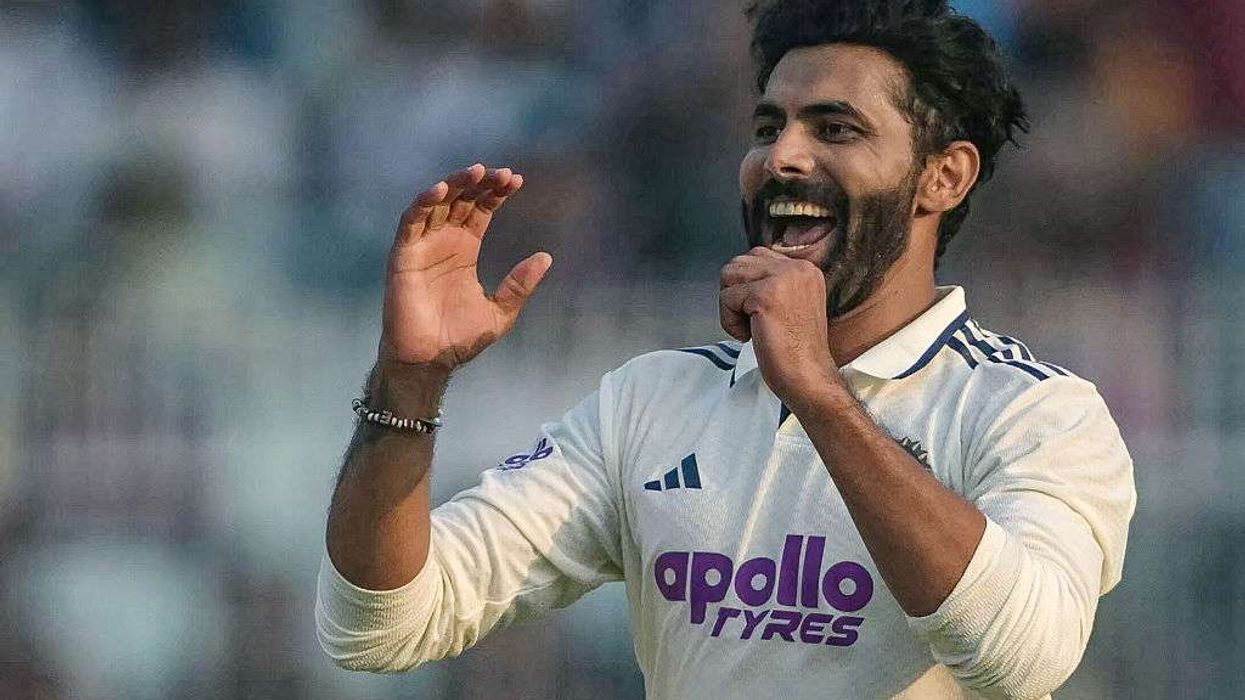
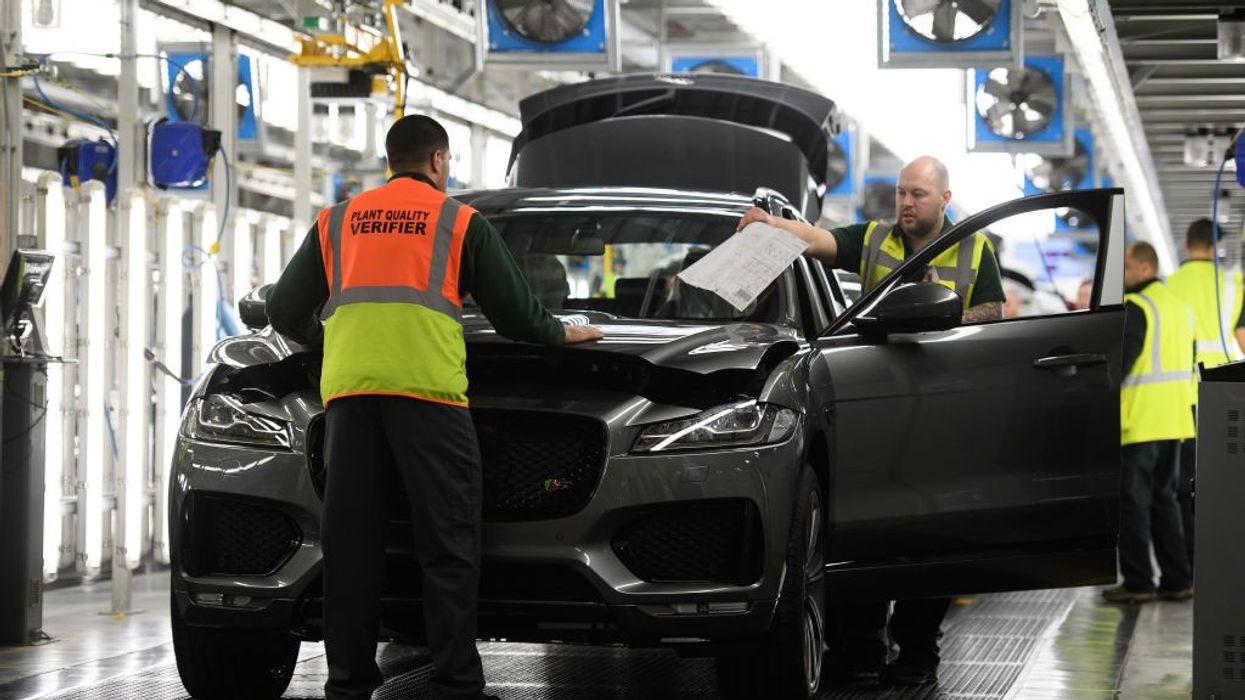

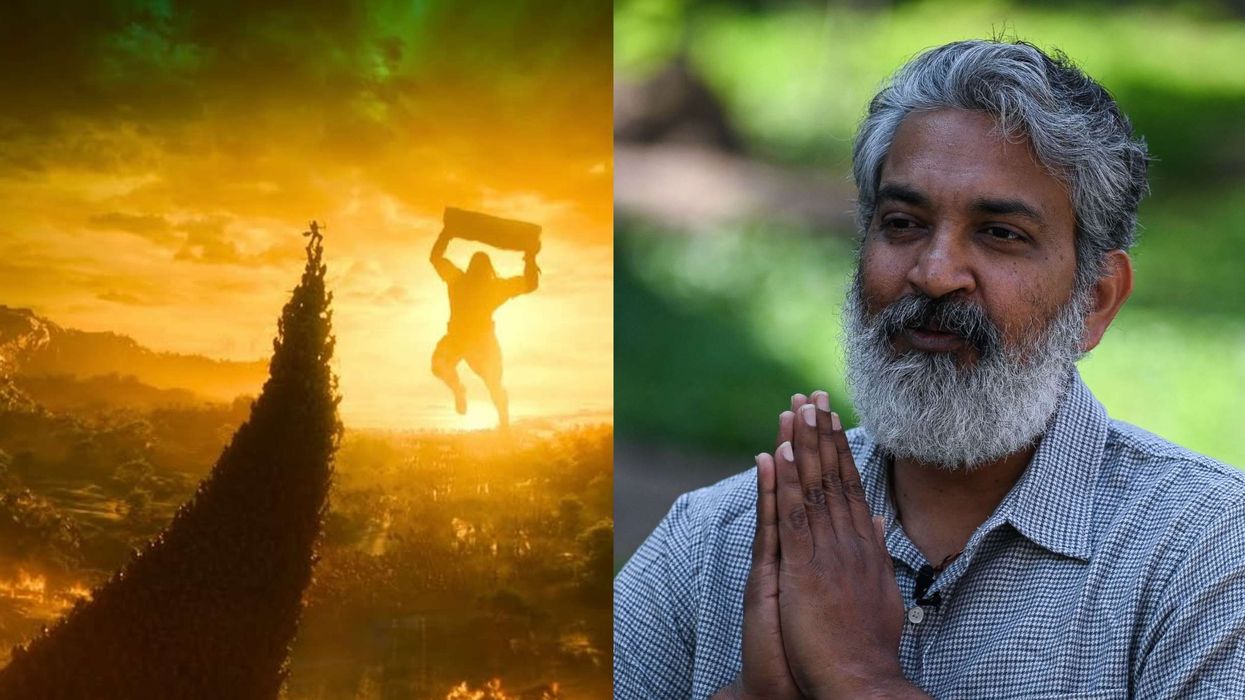
 SS Rajamouli speaks about filming the intense Varanasi Ramayana sequence with Mahesh Babu X/@imdeepakdwivedi/Getty Images
SS Rajamouli speaks about filming the intense Varanasi Ramayana sequence with Mahesh Babu X/@imdeepakdwivedi/Getty Images 
